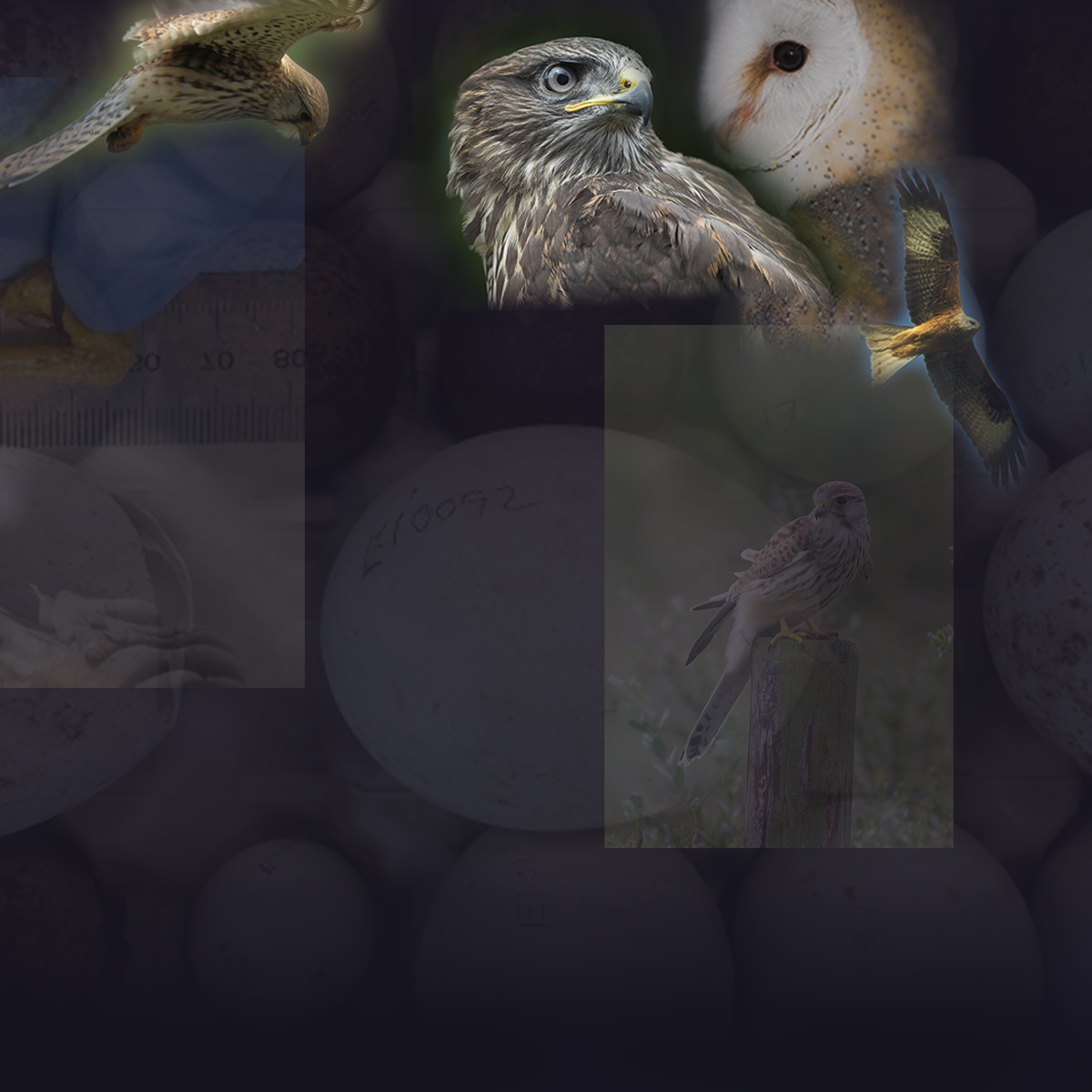Why our science matters
The main scientific aim of the Predatory Bird Monitoring Scheme (PBMS) is to understand the environmental fate of chemical contaminants. We do this by monitoring the concentrations of pollutants in bird tissues and eggs of sentinel predatory birds.
The concentrations that we measure in these samples can depend on a range of factors such as the age of a bird, whether it’s in a starved state, or it’s diet. Diet can vary between species or individuals within a species. The types of habitats a bird lives and feeds in, and the associated contamination, may also determine the likelihood and how much of a pollutant accumulates in a bird’s body.
We bring together these types of data to help us understand the scale of exposure to pollutants in predatory birds, what factors are important to cause that exposure, whether the exposure and related risk is changing over time and/or varying geographically.
Working in partnership
As well as our monitoring, we collaborate with researchers from other institutions and disciplines to maximise usage of PBMS resources (expertise, data, samples and tissue from our archive facility).
We have worked with the UKCEH Data Systems group to produce our Health Indices pages. Birds submitted are examined and measurements recorded. These measurements and observations can be used to generate health indices that can inform us about the status of the health in a population. We have generated Barn owl health indices and Sparrowhawk health indices.
We are keen to collaborate, share data and samples, however the sample archive is limited and samples may not always be available.
Read more about why we do research and how it is of value.
Read about the chemicals monitored in PBMS.
